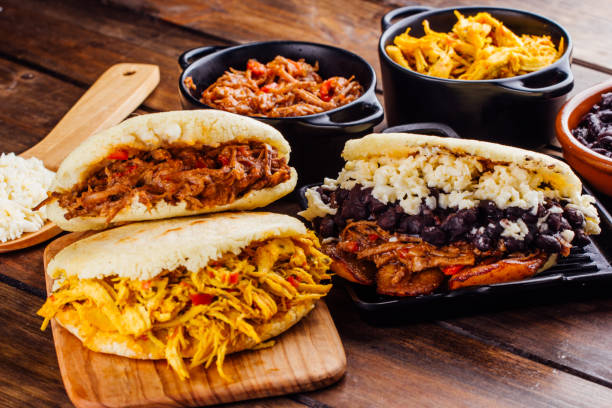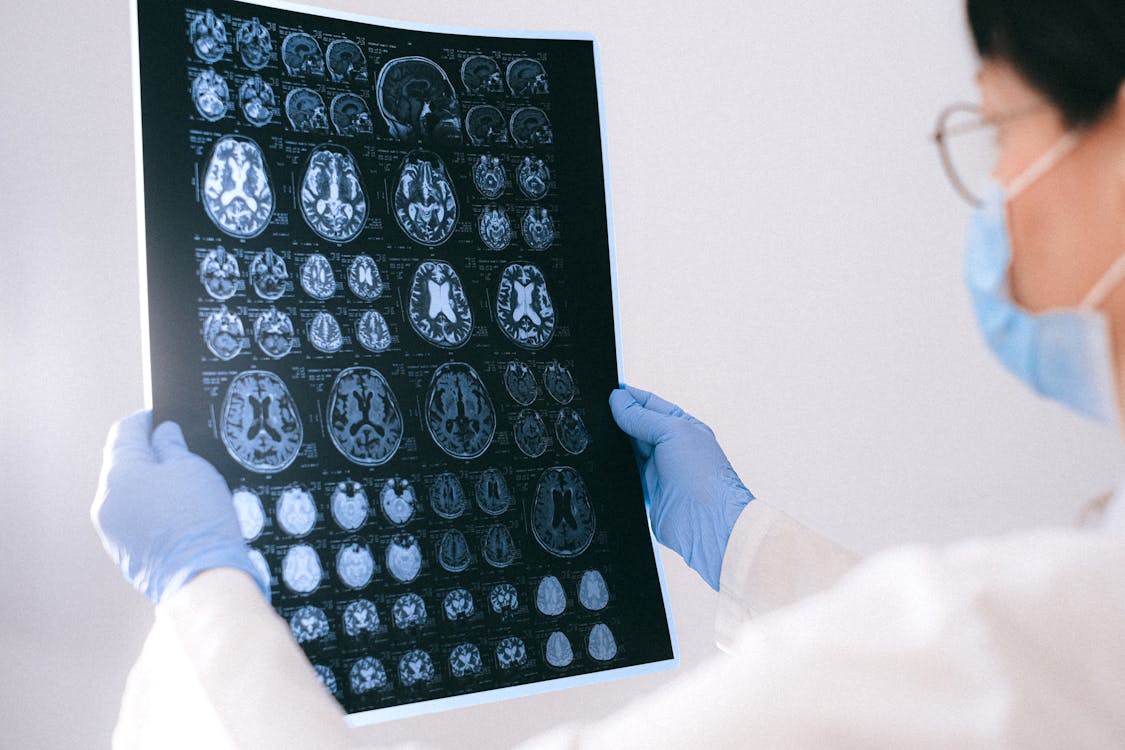The ketogenic diet is a very low-carb, high-fat, moderate-protein way of eating that forces the body to switch from burning glucose (sugar) to burning fat for fuel — a state called ketosis.
Let’s start with the upsides.
✅ The Key Benefits of a Ketogenic Diet
1. 🔥 Fat Loss & Appetite Control
- Ketosis turns your body into a fat-burning machine. Your liver converts fats into ketones, an efficient energy source.
- You’ll often feel less hungry. High-fat foods keep you full longer, and insulin levels stay steady — no sugar crashes.
2. 🧠 Mental Clarity & Focus
- Ketones are a cleaner fuel for the brain. Many people report clearer thinking, improved focus, and even reduced brain fog.
3. 🩺 Improved Blood Sugar and Insulin Sensitivity
- Reducing carbs helps stabilize blood sugar, making keto helpful for people with type 2 diabetes or insulin resistance (under medical guidance).
4. ⚡️ Stable Energy Levels
- No more rollercoaster energy swings. Ketones provide a steady fuel source, which can increase overall endurance and energy — especially once adapted.
5. 💪 Better Triglyceride and HDL Levels
- Many experience improvements in heart health markers, like increased HDL (good cholesterol) and reduced triglycerides — though this varies.
⚠️ The Risks & Downsides of Keto
1. 💣 Keto Flu
- In the first few days, some people feel like garbage. Symptoms include fatigue, headache, brain fog, nausea — aka the “keto flu.” It’s your body adjusting to using fat for fuel.
2. 🥴 Nutrient Deficiencies
- Cutting out fruits, grains, and certain vegetables can lead to low intake of fiber, magnesium, potassium, and B-vitamins if you’re not careful.
3. 🚽 Constipation
- Common due to reduced fiber from grains and fruits. Hydration and keto-friendly high-fiber foods (like chia seeds, avocados, leafy greens) are crucial.
4. 🧬 Cholesterol Changes
- While some see improvements, others may experience increased LDL cholesterol. Always monitor your blood work when doing keto long-term.
5. 😬 Social & Lifestyle Challenges
- Eating out, parties, holidays? It can be tough. Strict carb limits (typically <30g/day) make social dining challenging unless you plan ahead.
Is the Keto Diet for You? Take the 1 minute Quiz

🧠 How to Safely and Effectively Incorporate Keto
🥩 1. Focus on Whole, Nutrient-Dense Foods
Avoid the “dirty keto” trap (processed meats, cheese overload, zero fiber). Go for:
- Healthy fats: avocado, olive oil, coconut oil, nuts, seeds
- Quality proteins: grass-fed meats, wild fish, pastured eggs
- Low-carb vegetables: spinach, kale, broccoli, cauliflower, zucchini
🥤 2. Hydrate Like It’s Your Job
- You’ll lose water weight initially — and electrolytes with it. Replenish with sodium, magnesium, and potassium (via broth, leafy greens, or supplements).
📏 3. Track Your Macros
- Especially early on, use an app (like Cronometer or Carb Manager) to make sure you’re hitting the right ratio: 70–75% fat, 20–25% protein, 5–10% carbs.
⏱️ 4. Give Your Body Time to Adapt
- Expect a 2–4 week adaptation period. Don’t panic if energy drops or cravings spike — that’s your metabolism switching gears.
🩺 5. Check In With a Health Professional
- If you’re on meds (especially for blood sugar or blood pressure), talk to your doctor. Keto affects how your body processes these.
🚫 Who Should Be Cautious or Avoid Keto?
- Pregnant or breastfeeding women (without medical supervision)
- People with liver or kidney conditions
- Those with eating disorders or a history of disordered eating
- Anyone not willing to learn what’s in their food (Keto isn’t intuitive at first — you must pay attention)
✅ Final Takeaway
The ketogenic diet can be a game-changer — especially for fat loss, brain clarity, and metabolic health. But it’s not a free pass to eat bacon all day, and it’s not a one-size-fits-all solution.
Approach it strategically. Respect the process. And most importantly, listen to your body.
💡 Pro Tip: Not sure if full keto is right for you? Try a cyclical or targeted keto approach — low-carb most days, with planned carb re-feeds for workouts or events.



